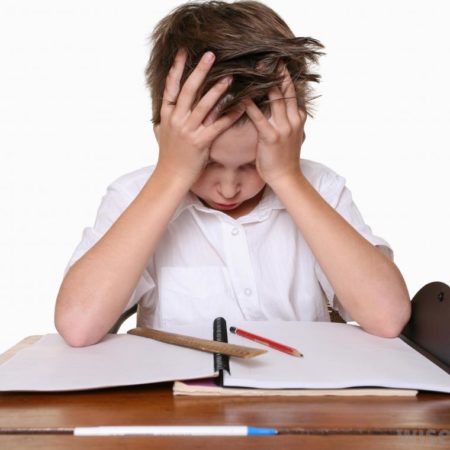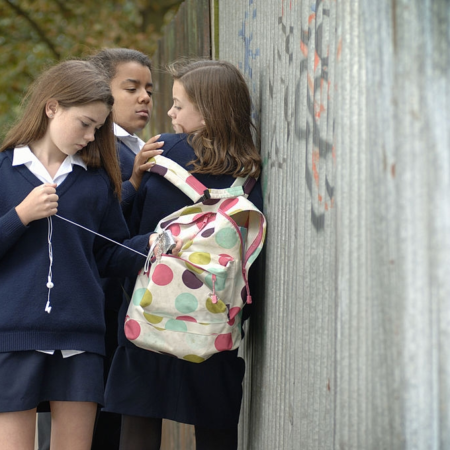Bullying is unwanted, aggressive behavior among school-aged children that involves a real or perceived power imbalance. The behavior is repeated, or has the potential to be repeated, over time. Both kids who are bullied and who bully others may have serious, long-lasting problems.
Bullying includes actions such as making threats, spreading rumors, attacking someone physically or verbally, and excluding someone from a group on purpose.
Bullying can be physical, verbal, or even electronic called cyber-bullying.

What is bullying
- Victims of bullying can feel afraid, stressed, depressed or anxious. They can have thoughts about suicide or hurting themselves. Victims of bullying can have trouble with their schoolwork and have problems with mood, energy level, sleep, and appetite. To prevent this, Anti-bullying legislation is enacted to help reduce and eliminate bullying.
Statisitcs
Bullying statistics. It is estimated that 160,000 children miss school every day due to fear
of attack or intimidation by other students. Approximately 1 in 5 students report being bullied. Source
- 56% of students have personally witnessed some bullying at school.
- 15% of all school absenteeism is related to fears of being bullied at school. 71% of students report incidents of bullying as a problem at their school.
- 90% of 4th through 8th graders report being victims of bullying.
- Bullying statistics indicate revenge is the strongest motivation for school shootings.
- Source: National Education Association
- 87% of students said shootings are motivated by a desire to “get back at those who have hurt them.”
- 86% of students said, “Other kids picking on them, making fun of them or bullying them” causes teens to turn to lethal violence in the schools.
- Harassment and bullying have been linked to 75% of school-shooting incidents.
- 1 out of every 10 students who drops out of school does so because of bullying.

Learning Disabilities
Children with learning disabilities are among the most likely victims of bullying.
- Students with disabilities already have academic challenges, and when bullied it affects their education.
- Bullying a person with a disability can be considered a form of harassment and the Federal Law Disabilities Education Act requires that each child who has a disability must receive free appropriate education.
- If you suspect your child has a learning disability or ADHD first you must get a proper diagnosis. To get additional information go to https://ldaamerica.org.
Prevention
Parents, school staff, and other adults have a role to play in preventing bullying. They can
- Talk about what bullying is and how to stand up to it safely. Tell kids bullying is unacceptable.
- Make sure kids know how to get help
- Check in with kids often.
- Listen to them.
- Know their friends, ask about school, and understand their concerns.
- Encourage kids to do what they love, special activities, interests, and hobbies can boost confidence, help kids make friends, and protect them from bullying behavior.
- Model how to treat each other with kindness and respect.
- Encourage your child to be a upstander rather than a bystander!


